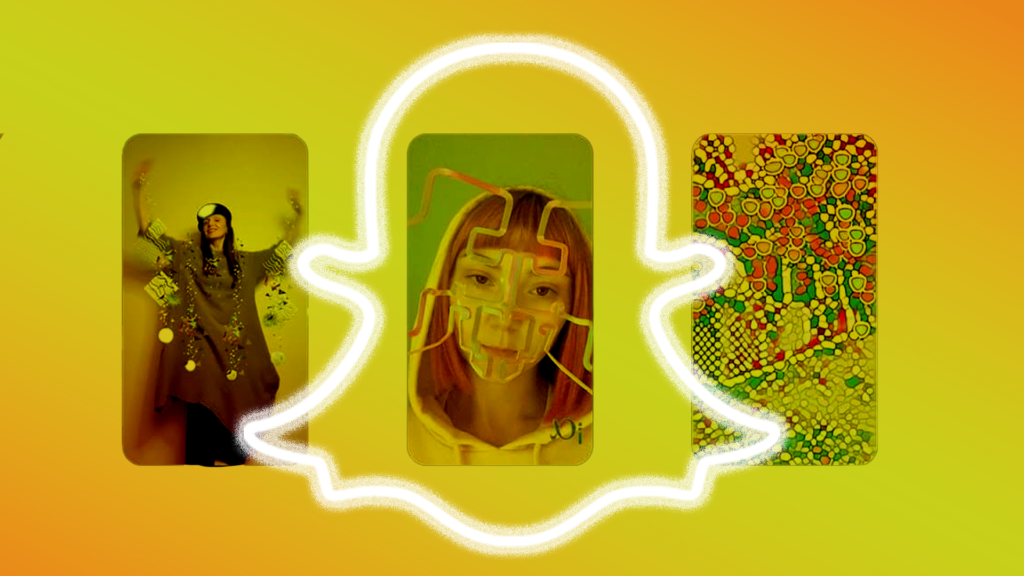Back in 2011, Snapchat was brand new and augmented reality was just beginning to generate buzz as a potential tool to drive consumer engagement. Yet with the launch of Pokémon GO in 2016 and IKEA’s introduction of an AR-powered app in 2017, new consumer-facing applications for AR took center stage.
Today, AR has been adopted by the world’s largest retailer, Walmart, through Snapchat’s Catalog-Powered Shopping Lenses, which resulted in 161 million product trials for the brand.
“We’re always looking to create moments of product discovery on the channels where our customers spend their time,” notes Amanda Mulligan, Walmart’s director of social commerce. “AR adoption is growing, and Catalog-Powered Shopping Lenses allow us to keep pace by enabling lens creation at scale and in an always-on capacity,” she said in Snapchat’s article, assessing the partnership’s success.
We spoke with Matt McGowan, Snap’s general manager for Canada, about how providing user-friendly AR tools has presented an opportunity for brands and creators.
Snap has come a long way in just over a decade. Can you tell us why the company has moved into developing these brand marketing tools? Is Snap still a social media-focused company?
It’s been a fun and educational three-plus years for me as GM here, as Snapchat has evolved as a technology company and continues to lead the way in augmented reality. From the beginning, Snapchat was built deliberately to be different: as an antidote to traditional social media platforms. Snapchat is, first and foremost, a visual communications app meant to enhance friendships and how people see the world without the pressure to be popular or perfect. We have an engaged community of over 363 million daily active Snapchatters worldwide, and we’re innovating every day to provide them with the power of AR at the palm of their hand for both fun and utility.
AR is something that a lot of people think of as mostly belonging to the gaming sphere. What would you say are some real-world applications for brand marketers?
We truly believe AR is the future of computing, and the numbers are compelling. On average, over 250 million Snapchatters engage with AR every day on the app, and Snapchatters play with AR Lenses 6 billion times per day—that’s pretty telling.
Real-world applications for brand marketers are countless […] I like to think if you can imagine it, you can likely achieve it with AR. We’ve seen auto companies set up AR showrooms so consumers could see the features of the car they were planning to buy via an AR immersive experience; take a look at the Jeep Code campaign. We’re also seeing huge uptake when it comes to brands/retailers of all sizes utilizing AR for “try-on,” including accessories, shoes, makeup, and clothing. AR allows the consumer to go from “that looks good” to “that looks good on me!”
What are some ways you’ve seen marketers use AR beyond retail?
Interestingly, now with events back to live and in-person, we’re seeing AR being used to enhance these experiences in addition to entertainment purposes, like promoting new movies and facilitating fan and audience experiences at sporting events, musical festivals, and concerts. Education is another interesting use case too. Whether it’s product education or advocating for causes, AR has been used to engage, educate and inspire Snapchatters worldwide.
We see success using AR across so many verticals and varied use cases because AR delivers almost two times the level of visual attention compared to non-AR equivalents, leading to improved memories and more powerful consumer responses. Additionally, brands with branded AR experiences are 41 percent more likely to be considered by consumers.
What about influencers and other creators—are they also using Snap AR? If so, what has worked for them?
Well, that’s the beauty of AR; it can be used for so many use cases and by virtually anybody. When it comes to creators, we definitely see AR continuing to be used by influencers and other creators—and celebs—to engage audiences. Think about some of our most popular Lenses from 2022. For example, the “Crying Lens” was used on Spotlight by David Dobrik, King Kumar and Jack Doherty, and Kylie Jenner took the Snapchat Lens to her other social platforms, using it at the Met Gala to poke fun at her sisters. Since launch, Snapchatters engaged with the Crying Lens more than 9.7 billion times.
When we talk about creators, we must also consider the AR dev community. Are there some examples of how that community is working with Snap and brands?
From a more technical standpoint, Snap has a robust and extremely talented creator community. AR creators, developers and partners are tapping into our community’s engagement and excitement about augmented reality today and its vast potential for the future. As we recently announced at Lens Fest 2022, there are over 300,000 creators, developers and teams around the world who’ve built more than 3 million AR Lenses. Additionally, AR developers are building strong businesses on our platform using Lens Studio.
Matt McGowan is GM of Snap Inc Canada.

